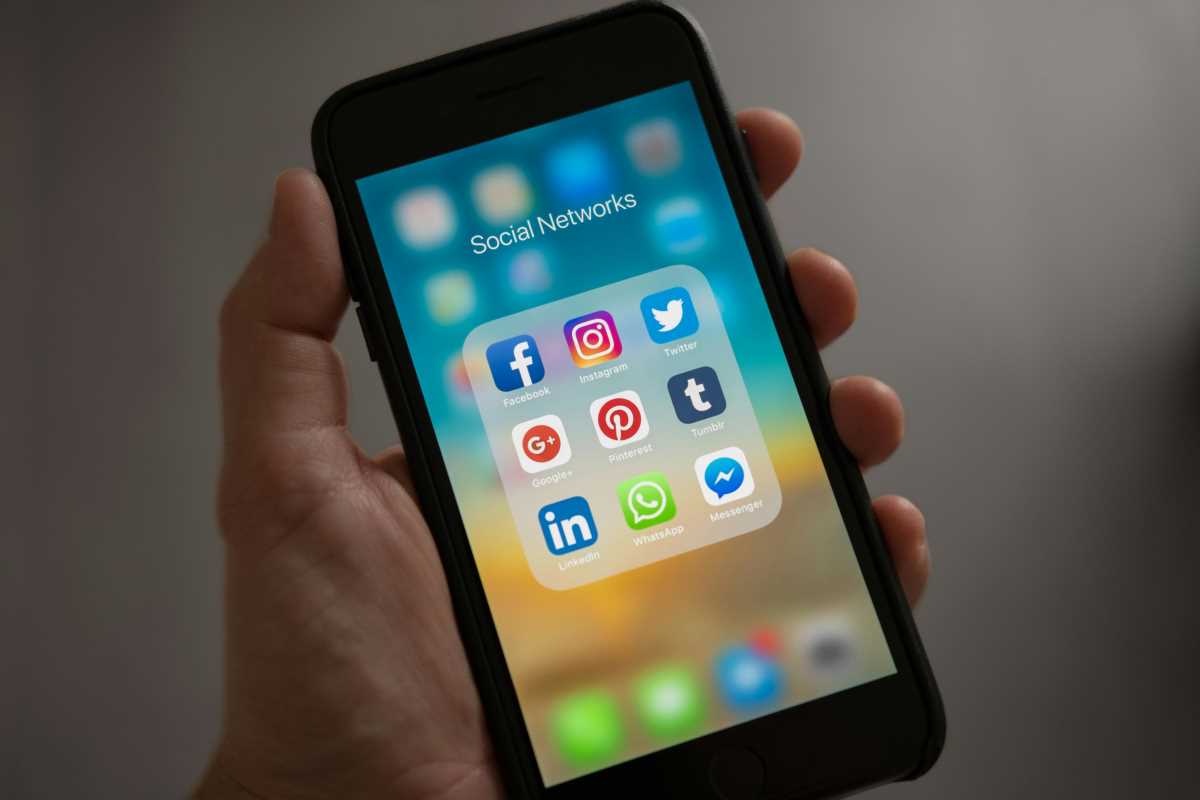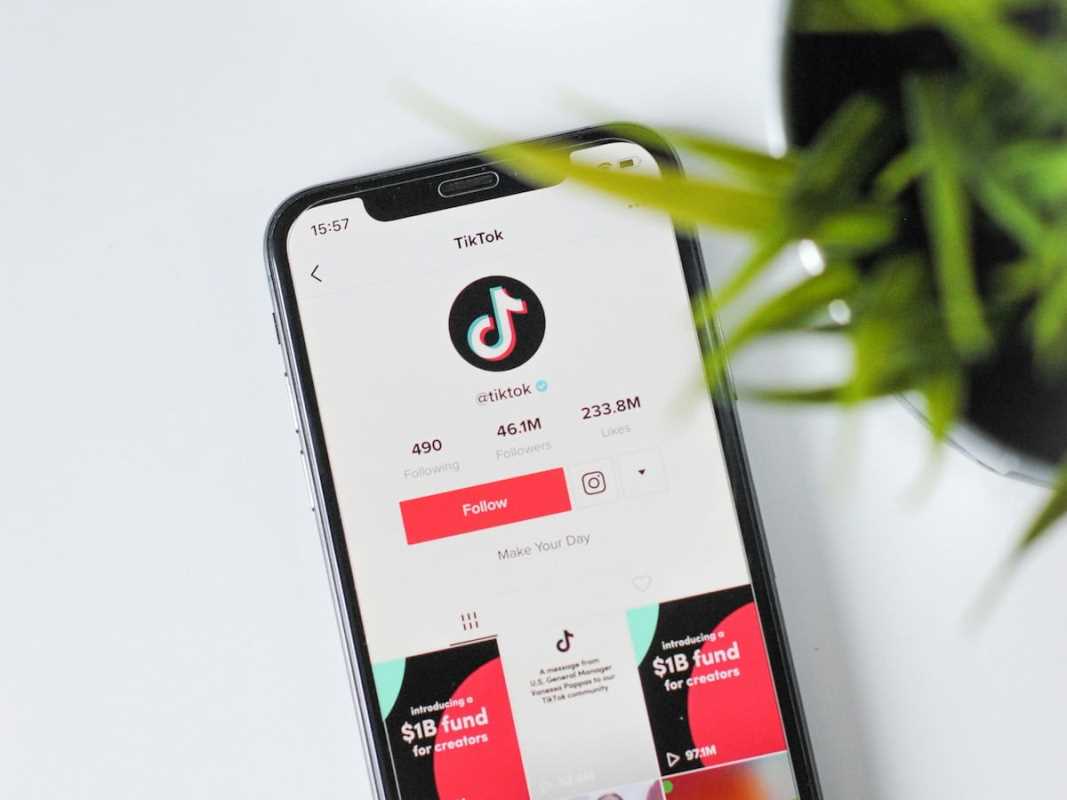User-generated content (UGC) has transformed the way businesses connect with customers. It refers to any content, such as photos, videos, reviews, or social media posts, created by customers rather than the brand itself. UGC offers a level of authenticity that traditional marketing can’t match, making it a powerful tool for building trust and encouraging engagement. Businesses that use UGC effectively save time and resources and can also strengthen relationships with their audience. Want to figure out how you can use it for your business? Our guide will go over the benefits of UGC and offer some steps you can take for creating a winning strategy.
1. How User-Generated Content Can Help
User-generated content builds authenticity and credibility by showcasing real customers sharing genuine experiences with a brand. People are more likely to trust recommendations from other consumers than traditional advertisements. UGC allows businesses to tap into that trust while keeping their materials fresh and engaging.
A customer sharing an Instagram post of their new sneakers gives a sneaker brand organic visibility to their followers. It feels more genuine than a standard advertisement and is more likely to inspire others to view the product.
UGC also encourages community building by giving customers a voice in the brand’s story. By feeling seen and valued, customers become loyal advocates who promote the business naturally.
Ask your audience how they found your product or service. Use those stories to highlight the positive experiences customers have had and build a catalog of authentic content.
2. Benefits of User-Generated Content
Creating a UGC methodology offers several measurable advantages. These go beyond the emotional connection and directly impact a business’s bottom line.
- Cost-Effective Marketing: UGC significantly reduces the need for brands to create their own content. Instead of spending on extensive photo shoots or editing, businesses can lean on their customers to provide high-quality, creative materials.
- Improved Engagement: Content originating from real users tends to generate more engagement, including likes, shares, and comments. Audiences find UGC relatable and are more likely to interact with it.
- Enhanced Brand Community: UGC creates a sense of loyalty among contributors. Customers who feel their input is appreciated are more likely to remain connected to the brand and even recommend it to others.
- Boosted Conversions: Displaying real customer reviews, photos, or videos as part of product pages or social media campaigns builds trust and encourages purchases. Shoppers relate to the experiences of others and are influenced by real-world testimonials.
Turn your most active customer creators into brand ambassadors. Reward them with exclusive perks, discounts, or features on your platforms to maintain their enthusiasm.
3. Steps for Creating a Winning UGC Strategy
Implementing this type of plan requires thoughtful planning and consistent execution. Give these steps a shot to make your message connect with your audience.
Encourage Content Creation
Start by actively encouraging your audience to share their experiences. Use simple calls to action, such as inviting customers to post photos using a branded hashtag or tagging your business on social media. Make it easy for your audience to participate, offering guidance on the type of material you prefer.
Showcase Examples
Sharing existing customer submissions creates motivation for others to join in. Highlighting diverse examples reflects inclusivity and inspires more audience participation.
Create Incentives
Encouraging UGC doesn’t always require monetary rewards. Symbolic gestures like shoutouts, reposts, or featuring posts on official channels often go a long way. For bigger campaigns, consider running contests or giveaways where the best submission earns a prize.
Define Guidelines
Provide clear expectations about the type of content you want and any rules for submissions. Specify preferred styles, formats, or hashtags. Guidelines reduce confusion and make sure they align with your overall goals.
Monitor and Moderate Content
Assess everything before sharing to make sure it represents the brand appropriately. Some submissions may require adjustments to meet quality or tone standards. A balance between spontaneity and quality control avoids potential misrepresentation.
Create a dedicated landing page on your website to guide customers on how to participate in UGC campaigns. Include examples, FAQs, and submission guidelines.
4. Where to Use UGC
Getting the most value from user-generated content involves placing it across various digital touchpoints. These are some of the most effective channels to display UGC.
Social Media
Social media platforms offer the most direct and visually engaging space for UGC. Sharing customer stories, photos, or testimonials keeps followers engaged and builds trust in the brand.
Product Pages
Featuring user photos and reviews directly on product pages helps shoppers visualize items in real-life settings. This reassures hesitant buyers and increases conversions.
Email Marketing Campaigns
Including UGC in newsletters or promotional emails creates a compelling message without relying solely on brand-generated content.
Paid Advertisements
Photos or short clips created by satisfied customers offer authentic visuals for ads. UGC-driven advertisements often appear more genuine and relatable than polished promotional videos.
Event Highlights
Customer photos and videos from live events can be shared afterward, keeping the excitement alive and demonstrating the community aspect of your brand.
Use platforms like Canva or Adobe Express to incorporate UGC into visually appealing templates for email headers or social media stories.
5. Measuring the Success of Your UGC Strategy
Tracking key metrics is essential to understanding whether your UGC efforts are delivering results. Focus on these measurable indicators:
- Engagement Rates: Monitor likes, shares, comments, and reposts to gauge how well UGC resonates with your audience.
- Content Contributions: Assess how many users are actively submitting UGC and whether participation grows over time.
- Conversion Rates:
- Track purchases or clicks directly linked to user-generated content on your website or advertisements.
- Brand Mentions: Measure the frequency of your brand being tagged as a sign of increased awareness.
- Reach: Review how far UGC campaigns expand across platforms, particularly in terms of audience size and location diversity.
Set performance benchmarks before launching campaigns and adjust tactics based on analytics. Free tools like Google Analytics or Hootsuite can help track results efficiently.
 (Image via
(Image via





